Don’t Use Cold Email Templates – Do This Instead
What is cold emailing?
Cold emailing is one of the most used marketing techniques in today’s technology age. The reason why it is the most popular cold outreach method, even better than cold phone calls, is that it checks all the boxes for reaching out to prospects and the target audience to turn them into ideal customers.
A cold email is the type of email that you send to a prospect with no prior contact before. A cold email has many tips to follow to make sure that it turns your marketing campaign into a successful one. To write a cold email that sells, you can check out our blog post or reach more ideas on cold emails in our blog.
What is a cold email template?
A cold email template is a pre-written or fixed type of email body that is created for easy use to copy-paste and sent to prospects. With changing some elements such as the prospect’s company name, contact info, first name, subject lines, opening line, and signing-off.
Even though it might feel like it makes sense and as fast as it might seem, there are many downsides to using email templates that can decrease the open rates. Sending the same email with barely changing anything in it can affect your cold email strategy badly, as there are no such things as effective cold email templates since they lose their effectiveness once they have been used once before.
Why are people using cold email templates?
People are using templates because it is cheaper to use a template than to hire a professional writer. It can be more affordable for some companies who need to send out emails regularly.
People also are using templates because it is easier to repurpose the same email for different clients. It can be more time effective and less stressful for people who don’t want to create an entirely new email from scratch.
Even though it might feel like a good idea, the disadvantages outweigh the advantages of using cold email templates.
Why a cold email template is a bad idea?
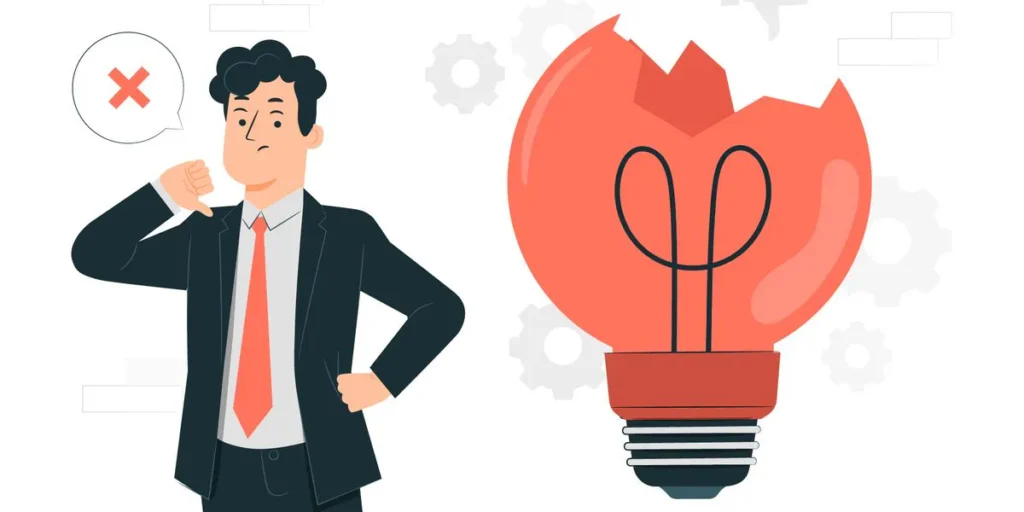
Even though it might seem like using templates might be saving time when you consider writing them one by one for each prospect, it is a bad idea. The time you’re trying to cut off from the single email you’d like to send could cost you more time than you can imagine.
Personalized emails have a response rate that can make your cold email campaign successful, as they help the campaigns with up to 50% increases. It is social proof that email personalization is really important and should be practiced in every given situation in emails.
When you do not personalize your cold emails, not only you are losing the right person, your ideal customers; but also you are cutting your whole sales process short before it even gets a chance to start.
Cold email campaigns are designed to make people complete an action with a call to action (CTA). If the action isn’t specific or hasn’t been optimized to the exact person you are calling them to, it will have a lesser chance of being fulfilled.
When your sales reps in the sales team are writing the same email to your potential customers with barely ever making a few changes here and there, it falls short on personalization and does not directly hit the prospect’s pain points and hence, you are ripping yourself of the chances of reaching out to an ideal customer.
A cold sales email template will do the exact opposite of what you would expect it to do. It will make sure that you are not able to sell the product or service you offer, as the cold email will come off as one of the many advertisements, with which your prospect’s inbox is filled. Sales emails usually fail because they lack personalization.
And unfortunately, the disadvantages of using some “effective cold email templates” do not end there.
Disadvantages of using cold email templates
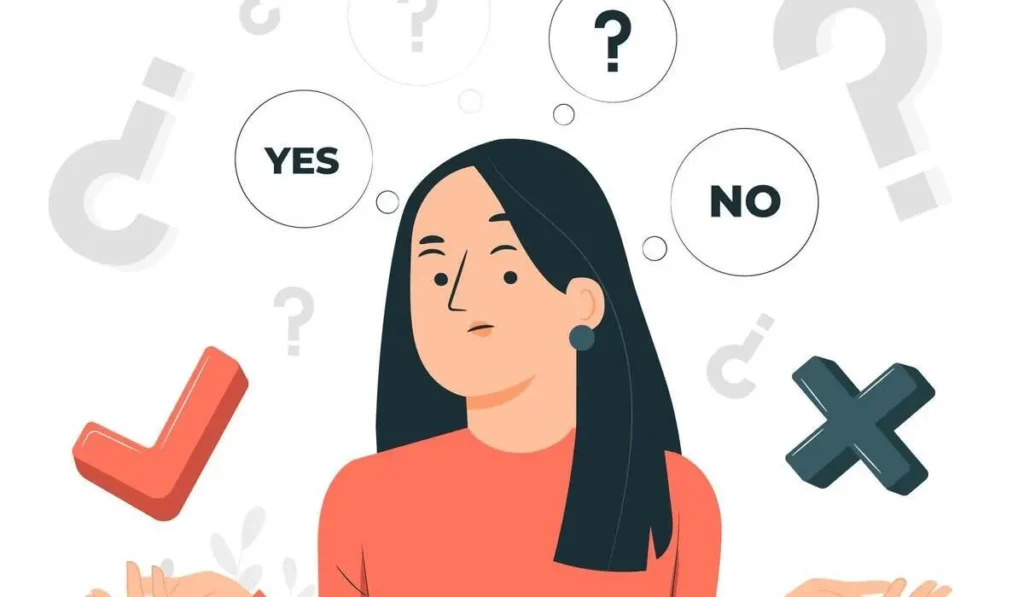
Cold email templates have become increasingly popular in recent years, with many people using them for their first contact with potential clients or customers. While there are many advantages to this approach, there are also some disadvantages that should be considered before deciding whether or not to use one.
The biggest disadvantage of using a cold email template is that it can be seen as spam. This can happen if the template is not customized to the person you are sending it to. It is also important that you make sure your email looks like it was written by a human, and not just copied and pasted from an automated system.
Yes, it is accepted that cold email templates are a very popular way to send emails to potential customers. Just search it on Google and see how many different types of email templates many people offer. The templates usually contain the same message and can be sent in a matter of minutes. However, there are many disadvantages that come with using cold email templates.
Some people say that using templates can make you seem lazy or unprofessional because it’s easy to tell when someone used a template instead of writing their message. This is especially true if your company has been sending out the same template for months or years.
Let’s take a look at all these disadvantages and how they can affect your cold email campaigns.
1. Templates can come across as impersonal.
If you’re not careful, a template can make your email seem like it was sent by a machine. This is because many templates are designed to be generic and can be used for any number of businesses or purposes. As such, they often lack the personal touch that can make an email feel more human.
Imagine someone giving you a quick call on the phone. They do not introduce themselves, they do not ask who you are, they do not care about these things, they just want you to buy the stuff they are so eager to talk about. Would you take even a fraction of a second to listen to them? Why would you?
It goes the same way when it comes to your cold email strategies. You won’t get your prospect’s attention if you show that you did not care enough about them to use some template that you used for about a hundred other people.
We believe that using social media marketing, or cold calling are both wrong ways of reaching out to customers as they are both time-consuming and/or lack personalization. They do not take the prospect’s attention. And if you do not get it, how successful is your marketing strategy after all?
2. Templates can be expensive.
While there are many free cold email templates available online, the reality is that most of the good ones come at a cost. If you’re not careful, you could end up spending a lot of money on templates that you’ll never use.
These templates can be sold in bulk and can simply not do the work for you. One of the reasons that people use cold email templates is because they think it is the fastest way. It is not fast when you are editing the email template to put in the information you would like to include.
Editing is usually harder than writing from scratch because you have to fit everything given to you in the brackets with the message you’d like to convey. The time you’re trying to save by buying your templates will be put into editing the cold email.
It doesn’t add up.
3. Templates can be time-consuming.
If you’re not familiar with HTML or coding, using a template can be a frustrating and time-consuming experience. This is because you’ll likely need to spend some time tweaking the code to get it to look the way you want, as we have briefly mentioned in the previous section.
A successful cold email can explain the value proposition that you’d like to let your prospects know about, as well as introduce your product or service briefly. Can the email templates that people put out there work for every product/service ever? Of course not.
Writing from scratch would let you tell the exact thing you are looking for. This brings us to our next point.
4. Templates can be inflexible.
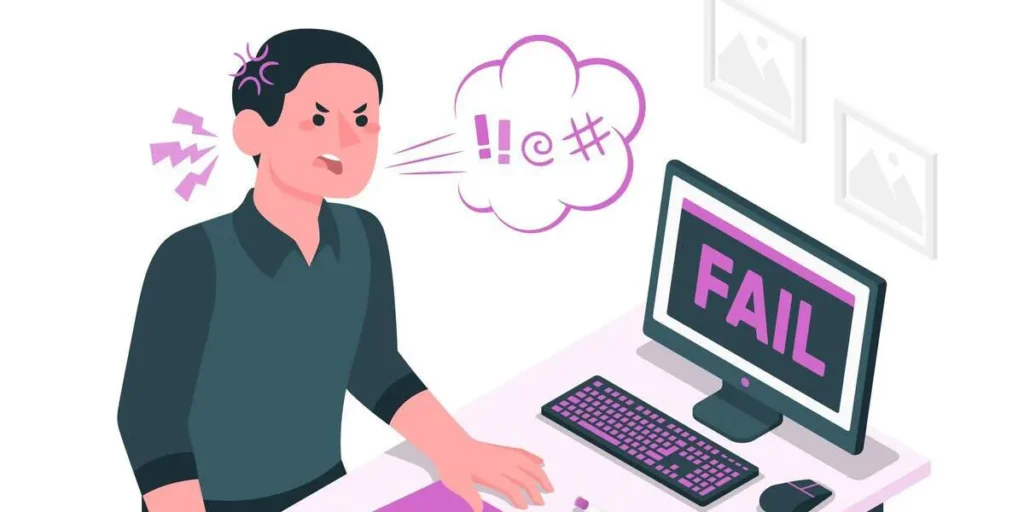
If you’re trying to use cold email templates for a campaign that’s outside the scope of what it was designed for, you’ll likely run into problems and these problems can get annoying quickly. This is because most templates are designed to be used for specific types of campaigns and aren’t very flexible.
Let’s say you liked this specific email template very much, and you think it could be a good idea to use it for your specific needs. But oh wait, you need to change this part and add something different here, as well as completely delete this other part. Maybe you could mention some mutual connection so you’ll need a new sentence for that.
See where it’s going? You are writing an email on your own and destroying the template you’re using (which hopefully you haven’t paid for).
5. Templates can make it seem like you’re not interested in the person you’re emailing.
Cold email templates can make it seem like you’re not interested in the person you’re emailing. This is because you’re essentially sending the same message to multiple people without taking the time to personalize it.
Your potential customer, a real person, will read that email (if you can get them to open it at all) and will understand that the cold email they’ve received has been sent to many other people and this sales manager of some company is trying to make their sales team send the same email to hundreds, thousands of people with editing the prospect’s company name, first name, etc. and that’s it.
Cold email templates will make your prospects feel special. They won’t buy what you’re selling, they’ll think you could easily find someone else to sell it since you are probably sending it to many others at that very second so why should they care?
This is when you know you should touch a specific pain point – and personalize your email.
6. Templates can make your email look like spam.
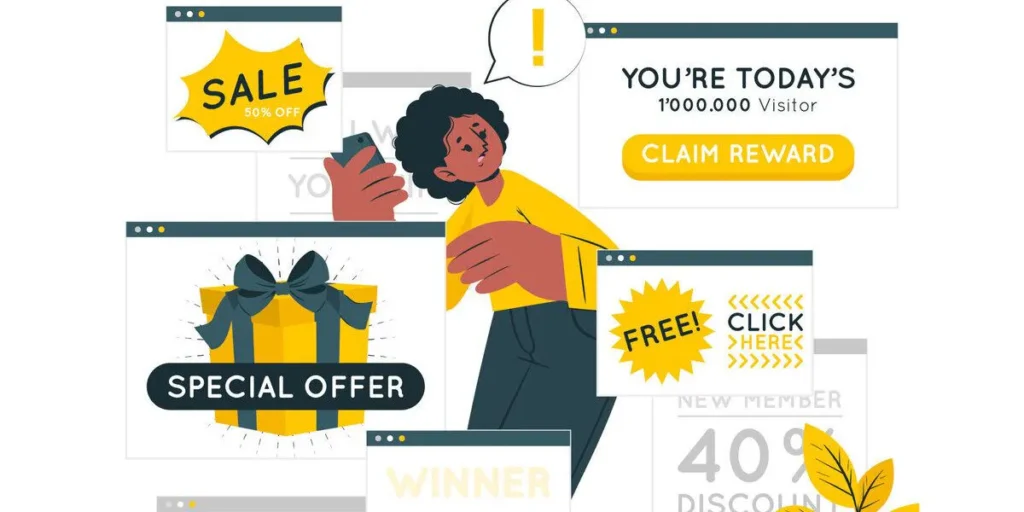
If everyone is using the same types of templates then everyone is sending the same types of emails around to each other. And if something is being sent around several times then it has a higher chance of getting marked as spam.
To understand what is a cold email and what is spam, check out our blog post here.
7. There are better ways to personalize your emails.
Personalization of emails is a great way to increase engagement with your subscriber list. With personalization, you can send emails that feel more like a conversation rather than just a marketing email.
To get more information about how to personalize your cold emails you can check out our blog post here and learn how it can be of great help for response rates.
What to do instead of using cold email templates?
When you are stuck after you’ve realized that using templates for cold emailing is a bad idea, you should find a better way to solve your problem.
Practicing these will help you develop your cold emailing strategies and let you create better cold emails than you ever have.
Research your prospect
Before you even start writing your cold emails, make sure that you have enough information about your prospects. Taking the time to research your prospects will help you personalize your cold emails in the best way possible.
If you do the research and gather data about your prospect, then you will be more comfortable talking to them, you will have to do your homework and be ready to be able to talk about their projects, their interests, their work, etc.
Usually, the knowledge about your prospect in a cold email is used in the first line. When you have written a nice subject line, a warm “hello”, then comes the first line.
It is important because about half of the first line will be visible in the prospect’s inbox and you want to make sure that your cold emails are interesting enough to your prospect. If you, for example, mention a project that they’ve been working on then they might be interested in what you have to say.
Personalize your emails
When you send a cold email, the goal is to get a response. That response could be anything from an automated response to a meeting request. But to get that response, you need to personalize your email.
What does that mean for you? It means that you need to include information about the recipient and the message that you are sending. This way, the recipient knows who they are interacting with and what the message is about.
From your cold email subject lines to the sign-offs, everything in your email can be fully personalized. This is where you can get creative and completely turn away from using templates in cold emails.
Personalization will be an amazing plus in your cold emails because it increases the chances of getting your email read by up to 50%. That is a big number and you do deserve to reach them now knowing what you should do exactly in your cold emails.
Additionally, personalization can help to build trust. If someone feels like they are being ignored or contacted without proper notice, they may not be as likely to respond. By including personalization, you can improve your chances of success with cold emails
Use AI tools
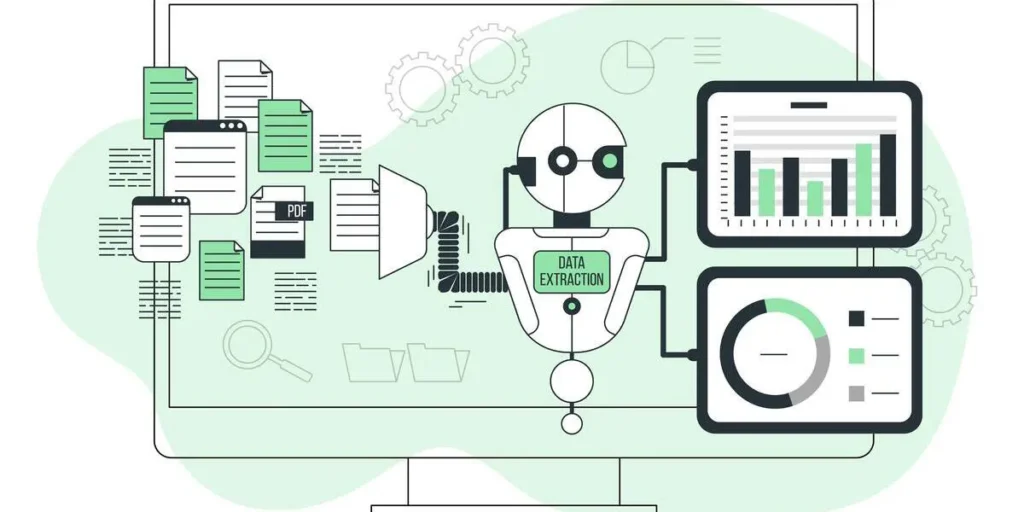
The whole process of a cold email outreach can be dreadful if you try to do everything on your own, especially if you do not have sales reps or sales teams that can do the work for you.
Fortunately, there is an easy way that can solve your problems and can be as faster as using email templates but effective in email marketing.
For example, our advanced AI can generate amazing first lines for your cold emails by only using the prospects list you have. By generating amazing first lines you can double your chances of increasing the response rates in your cold emails and create amazing bonds through them.
To check how our AI work and get your free 30 credits today you can sign up here and use perfect personalization for your cold emails. You can start making more connections, get more replies, and make more sales today with Nureply.
Remind me of a mutual connection
This is another method of personalizing your cold emails. If you mention a mutual connection, your prospect will see that you are, in fact, a real person. You can compliment their work or work ethic or anything at all through this mutual connection, which could get your prospect’s attention easily.
This technique will also create a network if used in B2B cold emails and will be helpful in the long run as it will nourish the communications you have with both the prospect and the mutual connection.
Use a friendly tone
When sending cold email pitches, it is important to keep a friendly tone. This will help to create a more trusting relationship with the recipient and make the sale more likely. By being friendly and positive, you will also be less likely to rock the boat or scare off potential clients. Instead, use straightforward language that is easy to understand. Remember to stay positive and stay in touch!
Cold emailing can be a daunting task, but it is important to remember that it is always polite to start a conversation in a friendly way. This will help you to build rapport and create a more effective connection with your potential customer. By being friendly and upbeat, you will be able to overcome any objections or hesitation your customer may have. If you can make the first contact pleasant, it will be much easier to get them on board with your proposal or idea.
Don’t forget to follow up!
One of the advantages of a cold email over a cold call is the ability to follow up. Of course, you can make follow-up calls but it will be annoying after your prospects show little to no interest in your product/service.
The convenience of a follow-up is really helpful when it comes to reaching your prospects in a nicer and less pushy way. Both you and your prospect can find the right time to talk to one another through email rather than mobile devices as a cold call is to be responded to at the exact moment it is being made.
Sending follow-up cold emails will make sure that the prospects have no chance of missing your emails or simply forgetting to read them.
Conclusion

In conclusion, cold email templates are not a good idea for any business. Not only do they lack personalization, but they can also be seen as spammy and unprofessional. Instead of using cold email templates, businesses should take the time to craft personalized messages that speak to each person individually.
This will help them build real relationships with prospects and increase their chances of success. Furthermore, businesses should make sure that their emails are written in a friendly, conversational tone, rather than a formal or robotic one.
By taking the time to craft personalized messages and writing in a friendly tone, businesses will be able to get better results with their email campaigns and make more meaningful connections with their prospects.


